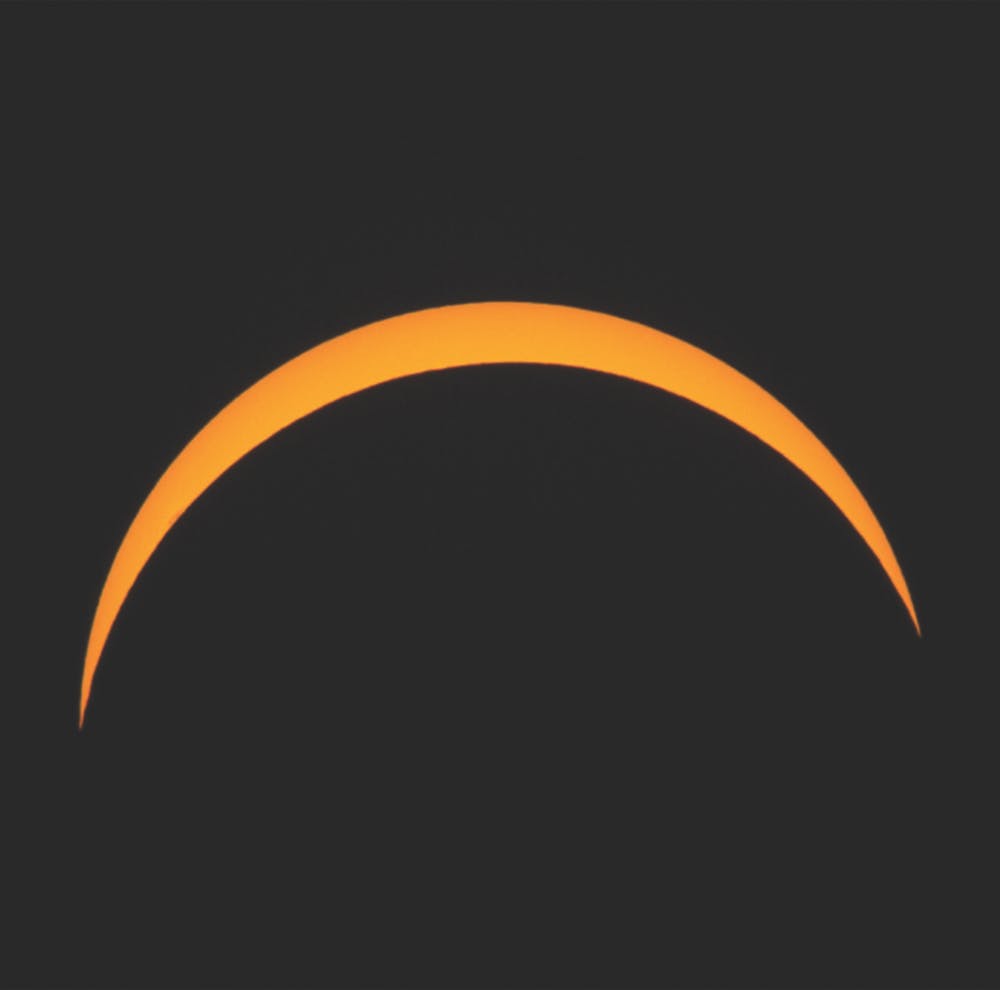Thousands gathered at Morehead Planetarium, where a viewing party was held for the first total eclipse over the United States since 1979.
Chapel Hill experienced a partial eclipse, according to NASA. The moon covered 93 percent of the sun at 2:43 p.m. The event, which lasted from 12 p.m. to 4:30 p.m., was a part of 50 different viewing parties for the public held at various locations throughout North and South Carolina.
Molly Molpus, communications manager at Morehead Planetarium, helped organize and plan the event, which was funded by a grant received from the North Carolina Space Program through NASA.
“They [North Carolina Space Program] put together kits of activities, they trained the educators at the various venues," Molpus said. "We’ve been planning this for about a year actively, although we’ve had an educator excited about it since 1998."
A solar eclipse does not have a real major effect on Earth, but can have an impact on people, said Edo Berger, professor of Astronomy and director of Undergraduate Studies at Harvard University.
"The fact that it’s in the middle of the day and will be as dark as it would at night," Berger said. "The fact that we can see, if you’re in the path of totality, you can see the corona of the sun, which we can’t see because the rest of the sun is so bright.”
More eclipses have occurred since the 1970's; however, there was no plausible way for a person to have seen them, Berger said.
"Different eclipses can be viewed in different parts of the world, and so this is one that happens to be where the path of totality, where you see complete obscuration of the sun by the moon, is moving across North America,” Berger said.
Activities on UNC's campus included a live stream of the path of totality of the eclipse provided by NASA, hands-on activities and a pre-eclipse presentation inside the main theater.



